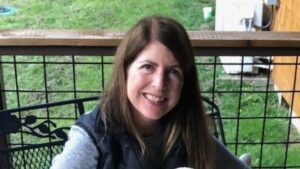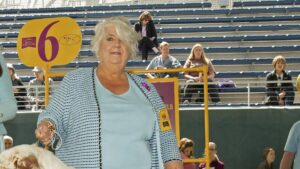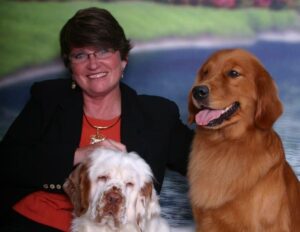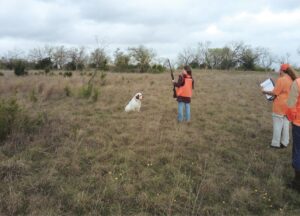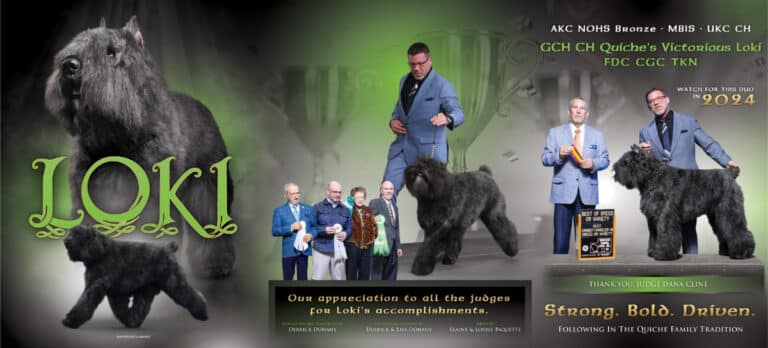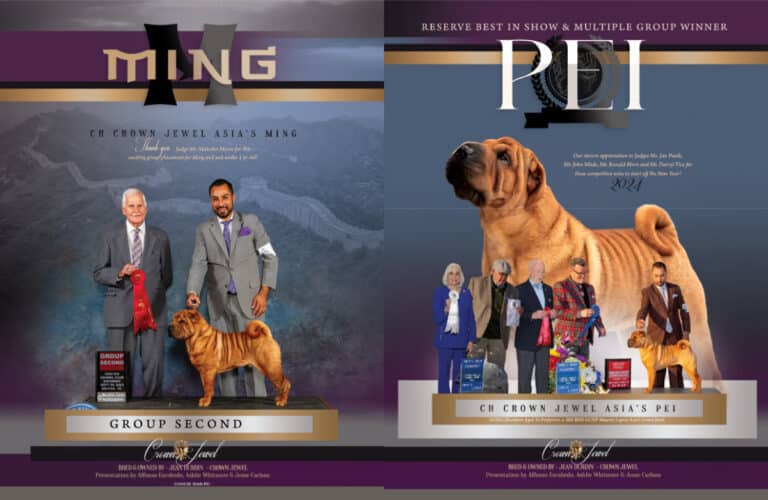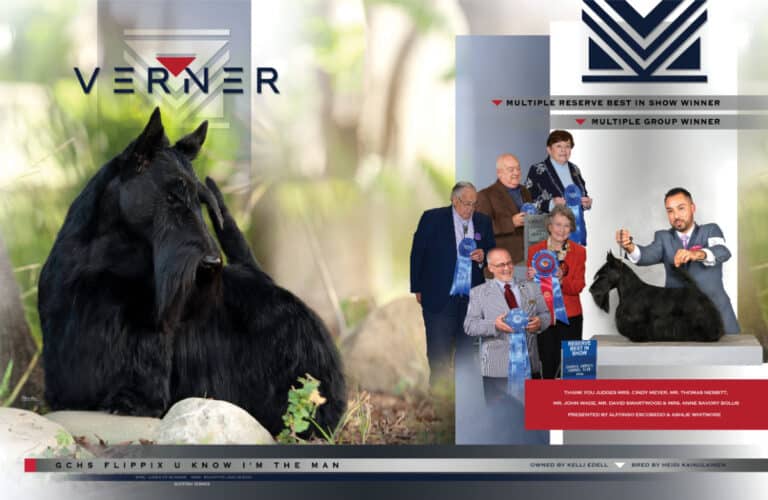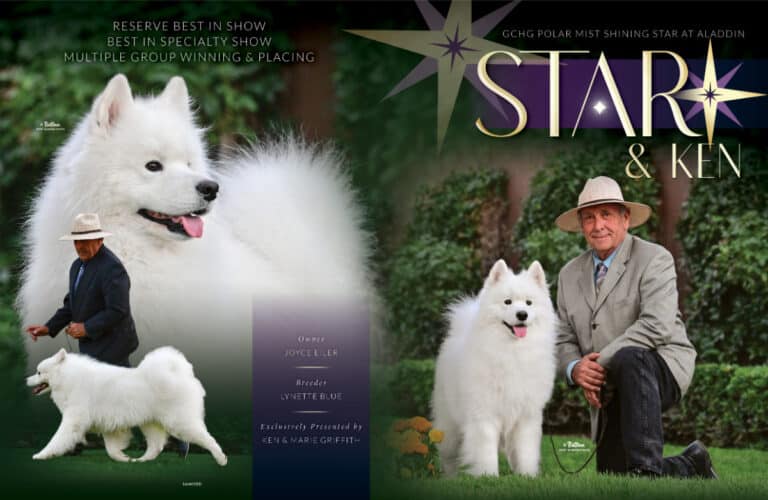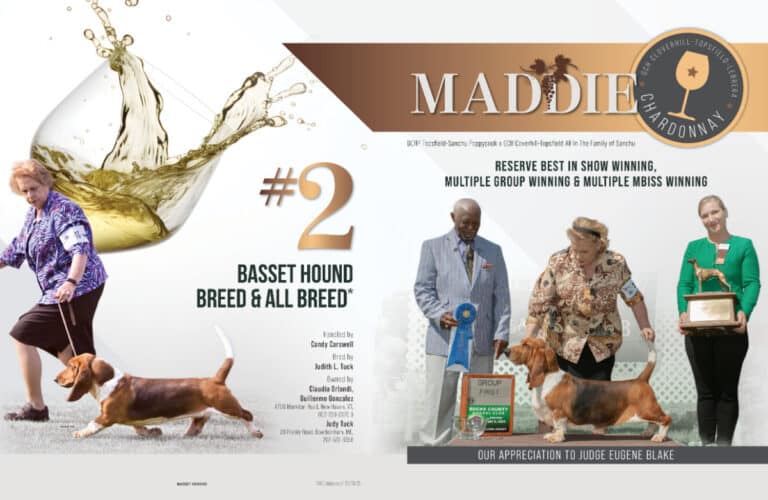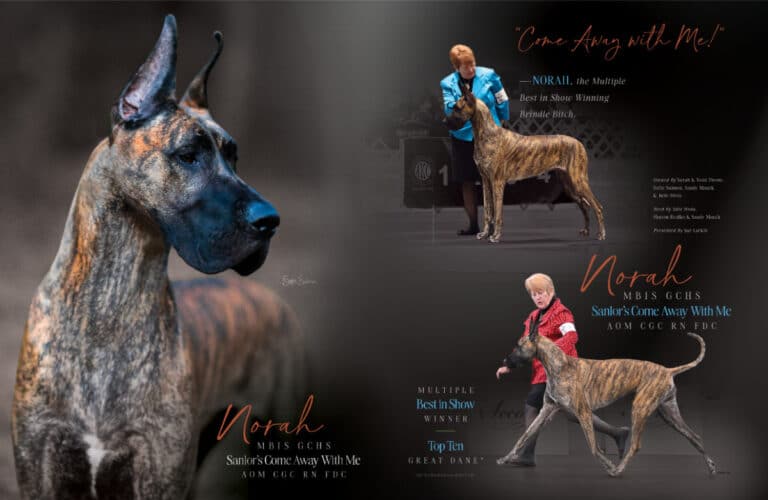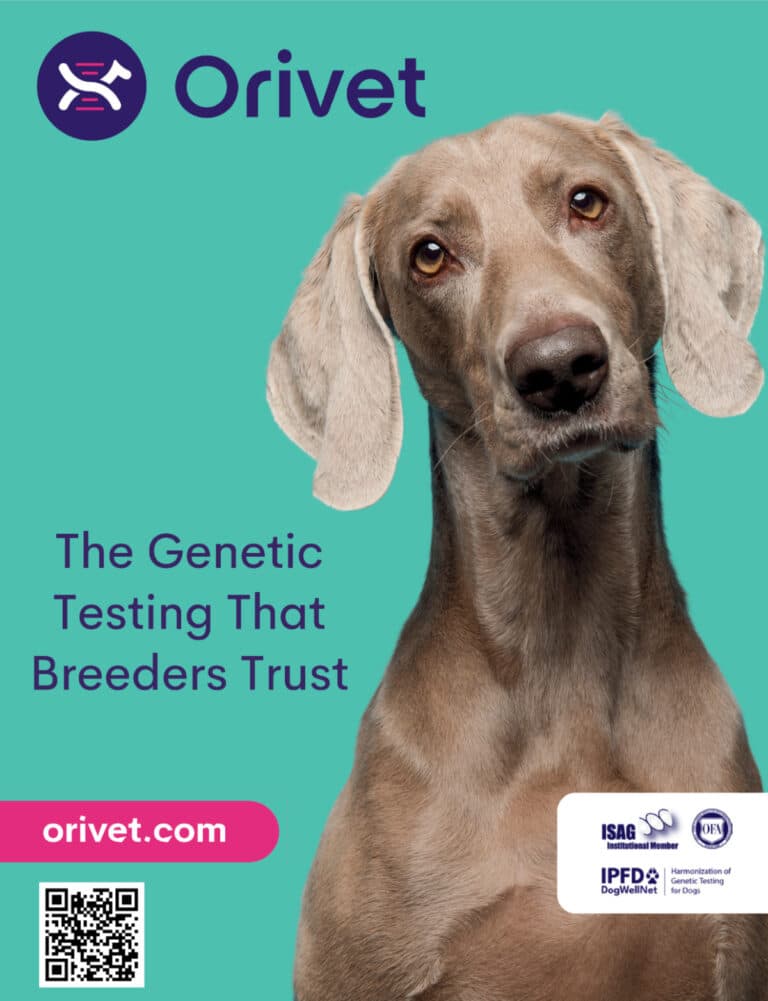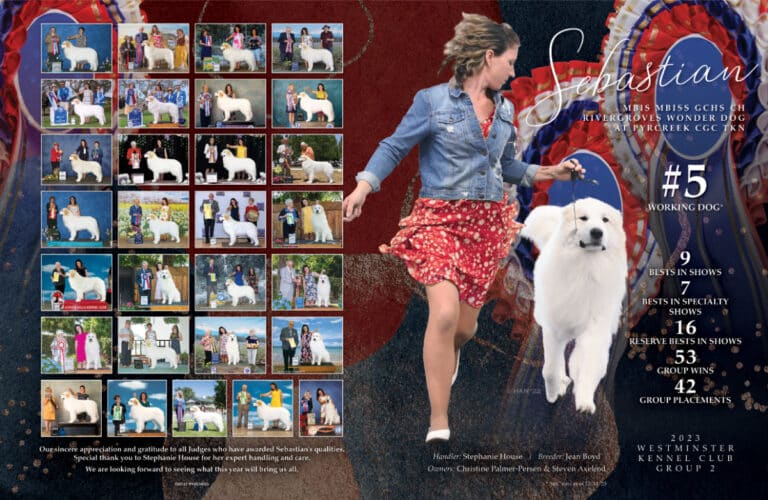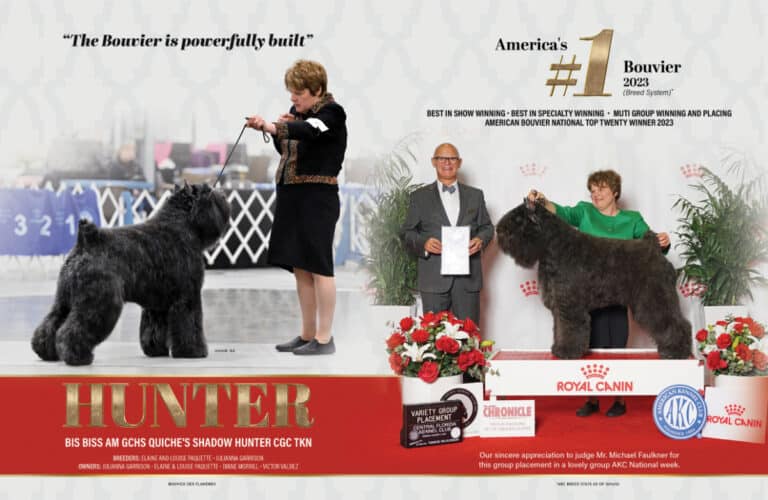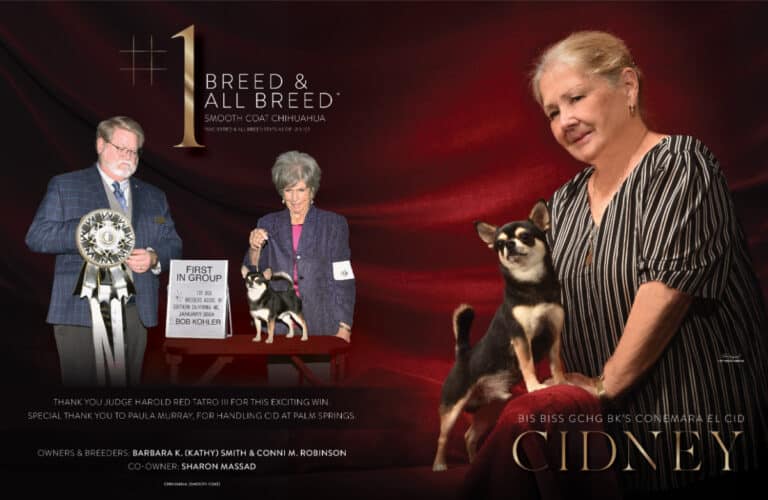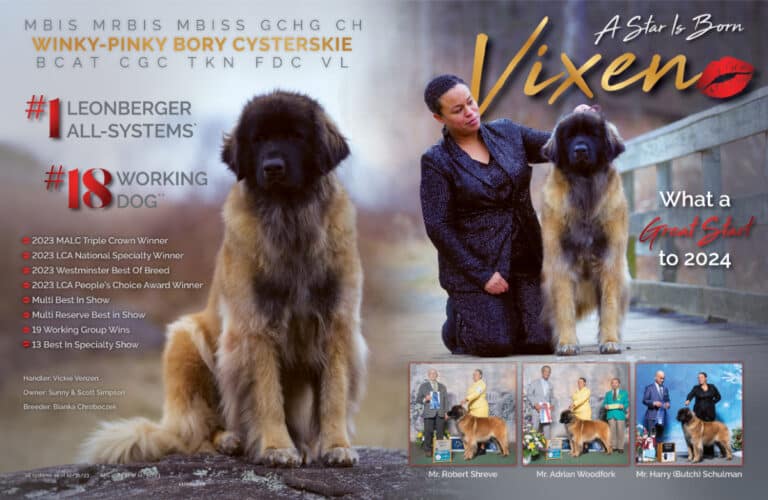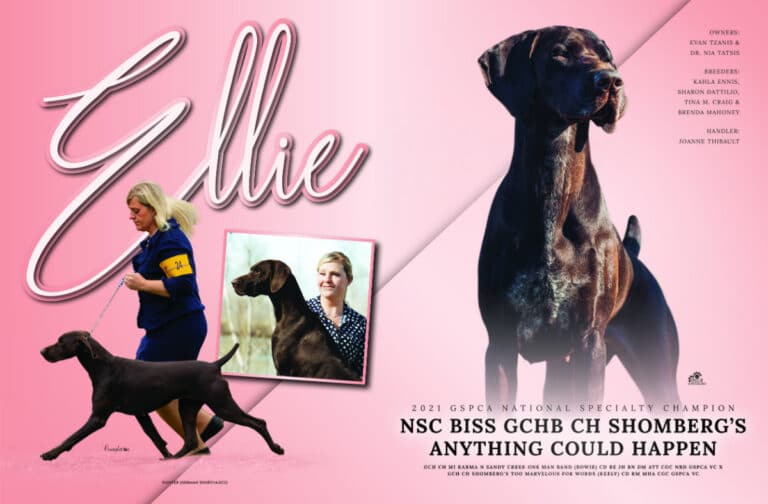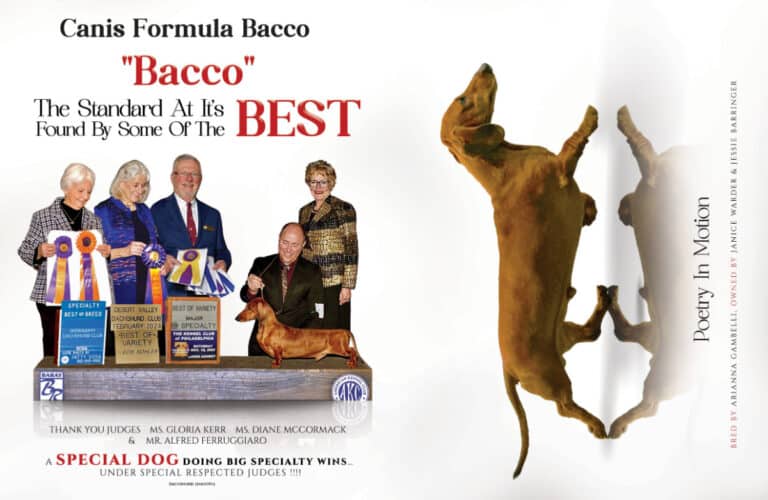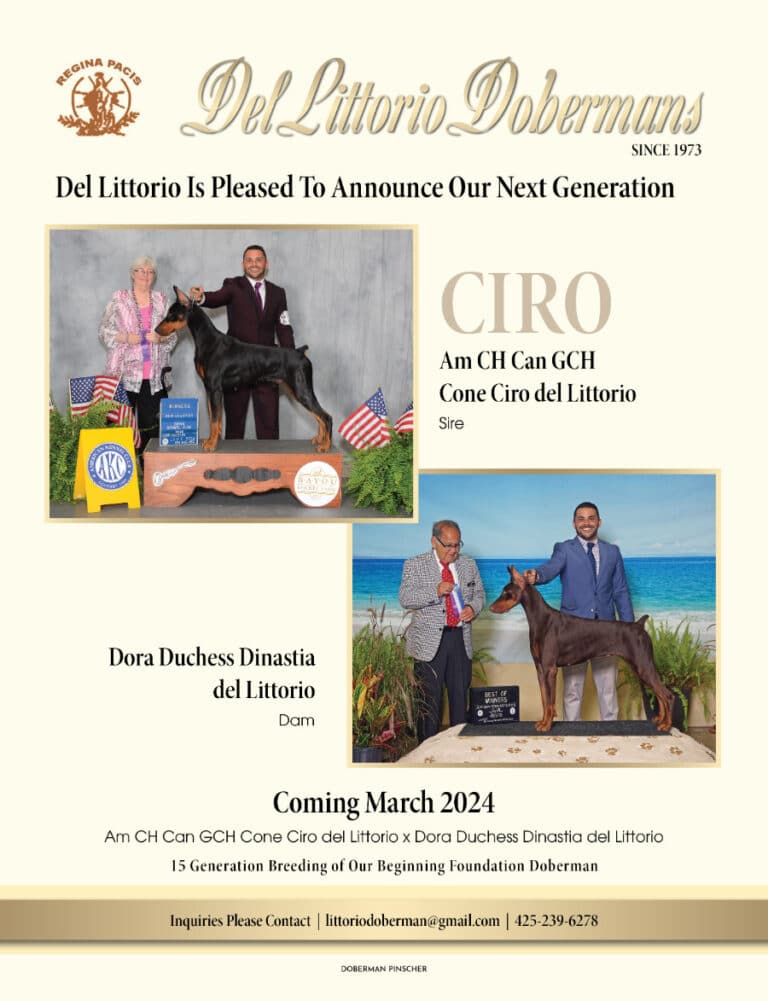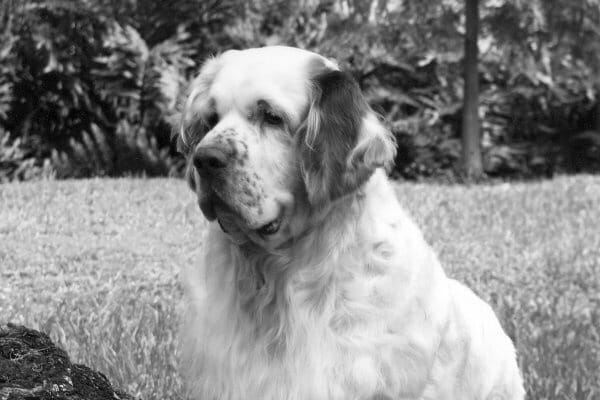History of the Clumber Spaniel
The Clumber Spaniel, characterized by its distinctive appearance and affable nature, boasts a rich history that traces back to the 18th century.
Originating from the United Kingdom, specifically in the region of Nottinghamshire, the breed takes its name from Clumber Park, the estate of the Duke of Newcastle. It is believed that the Clumber Spaniel was developed by crossing older breeds of Alpine Spaniels with Basset Hounds and perhaps other breeds. This mix resulted in a dog with a sturdy build, keen nose, and a calm temperament, making it an ideal companion for hunting in dense terrains.
Unlike the more sprightly spaniels, the Clumber was designed for deliberate and methodical work in the field, often being used to push through thick underbrush in pursuit of game. Its strength and persistence made it a favorite among nobility, including Prince Albert, Queen Victoria’s consort, who took a keen interest in the breed.
In terms of official recognition, the Clumber Spaniel’s prominence in England led to its early acknowledgment by The Royal Kennel Club (UK). The breed made its way across the Atlantic early on, and by the late 19th century it was one of the first breeds to be recognized by the American Kennel Club (AKC). The Fédération Cynologique Internationale (FCI) also recognizes the breed, further cementing its standing in the international canine community.
Over the years, the breed’s role shifted from primarily being a hunting companion to that of a beloved family pet. Its gentle demeanor, combined with its distinctive looks, ensures its continued popularity, even if it’s not as commonly seen in the field today.
The legacy of the breed is a testament to its adaptability and charm. From the sprawling estates of English nobility to modern homes around the world, the breed’s history is as rich and varied as its character.
The Clumber Spaniel – What to Consider?
The decision to own a Clumber Spaniel, as with any breed, comes with a unique set of considerations. Their regal appearance of the breed, combined with its somewhat calm disposition, makes the Clumber an appealing choice for many. Prospective owners, however, should be mindful of the breed’s specific needs and characteristics.
Home Life
Interaction With Family
The level of affection a breed typically shows towards family members and familiar individuals will vary. While some breeds may only show genuine warmth towards their owner, remaining standoffish with strangers, other breeds will treat everyone they meet as if they are their closest friend.
Independent Affectionate
Good With Other Dogs
The innate friendliness of a dog towards other dogs can depend on its breed. Although supervision is always recommended during introductions, certain breeds tend to be inherently more or less sociable with other dogs, whether in a home setting or in public spaces.
Not Recommended Reliable With Other Dogs
Good With Young Children
The degree to which a breed will typically be patient with young children, and its overall suitability as a family member, will vary. It is important to always supervise interactions between dogs and the kids in the house, as well as with children who are not accustomed to being around dogs.
Not Recommended Dependable With Children
Upkeep
Amount Of Shedding
The amount of hair that a dog sheds will typically depend on its breed. Heavy-shedding breeds require more frequent brushing, have a higher chance of activating specific allergies, and often necessitate more frequent use of the vacuum cleaner and lint rollers.
Low High
Frequency Of Grooming
The regularity with which a breed needs bathing, brushing, trimming, or other forms of coat care is an all-important consideration. When evaluating the grooming effort required, consider your available time, patience, and budget. It is important to note that all breeds need routine ear, teeth, and nail care.
Monthly Daily
Amount Of Drooling
The tendency of a breed to drool significantly varies from breed to breed. For those who prefer cleanliness or are particular about keeping things tidy, breeds that are likely to leave trails of drool on your arm or large slobbery marks on your clothing and furniture might not be the best fit.
Low High
Coat Type
smooth
wiry
hairless
rough
corded
double
curly
wavy
sikly
Behavior
Acceptance Of New People
The likelihood of a breed to be friendly towards strangers will vary. While some breeds may consistently exhibit reserve or caution around unfamiliar people, regardless of the setting, others are often eager to greet and interact with any new person they meet.
Reserved Outgoing
Protective Nature
The propensity of a dog to notify you of the presence of strangers is breed-dependent. Some breeds are more inclined to respond to any perceived threat, be it the mailman or a squirrel outside the window. However, most breeds are generally more accepting of strangers who are welcomed by their human family members.
Minimal Interest Maximum Vigilance
Playfulness Level
The likelihood of a breed remaining playful beyond puppyhood will vary. Certain breeds retain their enthusiasm for activities like tug-of-war or games of fetch well into their adult years, whereas others are more content to simply lounge on the sofa with you for the majority of time.
Low High
Adaptability Level
The ease with which a breed can adapt to changes in its environment can vary greatly. This adaptability encompasses how well a breed is likely to cope with alterations to its home and yard, noise levels, weather conditions, daily routines, and other fluctuations in everyday life.
Low High
Personality
Trainability Level
The ease with which a dog can be trained and its eagerness to learn new skills can depend on the breed. Some breeds are naturally inclined to please their owners and will readily accept training, while others tend to follow their own desires, often showing independence in how, when, and where they choose to do things.
Stubborn Eager
Barking Level
The frequency of vocalization, including barking and howling, will vary from breed to breed. Some may bark at each person who passes by and every bird in the sky, while others will typically bark only for a good reason. Additionally, a few breeds that do not typically bark will still be vocal, using different sounds to communicate.
Quiet Vocal
Energy Level
The level of physical exercise and mental engagement required will depend on the breed. High-energy breeds are always on the go. They are enthusiastic about their next activity and tend to be busy most of the time, running, jumping, and playing throughout the day. In contrast, low-energy breeds are akin to couch potatoes, content to just lounge around and take naps throughout the day.
Couch Potato Busybody
Need For Mental Stimulation
The extent of mental stimulation needed to keep a dog content and healthy will vary by breed. Dogs bred for specific purposes may need tasks involving decision-making, problem-solving, and concentration. Without sufficient mental exercise, these dogs can resort to creating their own activities to engage their minds, resulting in unwanted behaviors like chewing, digging, and escaping.
Minimal Engagement Intensive Interaction
Clumber Spaniel Health
The Clumber Spaniel, with its robust frame and genial demeanor, generally boasts good health. However, as with all dogs, individuals of this breed can be predisposed to certain health issues. Regular veterinary check-ups are crucial to ensure that the Clumber is maintaining optimal health and to catch potential concerns early on.
Lifespan: On average, Clumber Spaniels have a life expectancy of 10 to 12 years. Proper care, nutrition, and regular health monitoring can contribute to a longer, healthier life for this playful and loving companion.
Potential Health Risks
Clumber Spaniels, like all dog breeds and mixed breeds, have certain health concerns to which they may be more predisposed. Some of the most commonly observed health issues include:
- Hip Dysplasia: This is a condition where the thigh bone doesn’t fit snugly into the hip joint, leading to arthritis, pain, and lameness.
- Entropion: A condition where the eyelid rolls inward, this causes irritation to the eyeball and may require corrective surgery.
- Ear Infections: Due to their pendant ears, they can be prone to ear infections.
- Intervertebral Disk Disease: This is a condition affecting the spine, causing pain, nerve damage, and sometimes, paralysis.
- Obesity: Clumber Spaniels love their food, and without proper portion control and regular exercise they can easily become overweight, leading to other health issues.
In light of these potential health concerns, it’s essential for owners to be proactive. Regular veterinary visits, ideally twice a year, can help to catch and address issues before they become problematic. Routine screenings, especially for any conditions to which the breed may be predisposed, can be crucial towards ensuring a dog’s long-term health and overall well-being.
Clumber Spaniel Personality
The Clumber Spaniel, with its calm and dignified demeanor, has been known to capture many unsuspecting hearts. For novice dog owners looking for a loyal companion, the Clumber Spaniel is an excellent choice due to its docile and patient temperament. The breed’s eagerness to please and relative ease of training can quickly build a deep bond between any dog and its people.
One of the defining characteristics of the Clumber Spaniel is its sensitivity. These dogs form close bonds with their human families, and sudden changes in their environment or daily routine might may unsettle them. Thus, it’s beneficial to introduce them to new situations or surroundings with care and patience.
While the Clumber Spaniel cherishes companionship and thrives in the company of its family, it can also tolerate being alone for a short time. However, extended periods of isolation aren’t advisable, as this can lead to feelings of loneliness or anxiety in the dog.
In households with other pets, the Clumber Spaniel typically gets along well with others, showcasing its non-aggressive and affable nature. This amicable trait extends to human interactions as well; Clumbers tend to be good with young children, making them excellent family pets. Of course, interactions between dogs and young children should always be supervised for safety.
When it comes to strangers, the Clumber Spaniel might exhibit initial reservation but will usually warm up if given a bit of time, reflecting the generally friendly disposition of the breed.
Overall, while the Clumber Spaniel has a range of typical breed characteristics, it’s essential to remember that individual dogs will have unique personalities shaped by their experiences, training, and socialization.
Clumber Spaniel Feeding & Nutrition
Understanding the dietary needs of a Clumber Spaniel is vital for its overall health and well-being. This breed, characterized by its robust build and rather calm energy, has specific nutritional requirements that evolve as it transitions from a puppy to an adult.
When it comes to feeding a Clumber Spaniel puppy, a diet rich in essential nutrients that support bone and muscle development is imperative. Puppy-specific formulas, often dense in calories and nutrients, are recommended. The exact amount of food will depend on the puppy’s age, weight, and activity level, but it’s essential to divide the daily portion into multiple meals to support the pup’s rapid growth and metabolism.
As the Clumber Spaniel matures into adulthood, its nutritional needs shift. An adult Clumber’s diet should be balanced, containing the right proportions of protein, fats, and carbohydrates. On average, a mature dog might require 1.5 to 2 cups of high-quality dry dog food daily, divided into two meals. However, individual needs can vary based on the individual’s age, weight, activity level, and overall health.
It’s worth noting that Clumber Spaniels have a notorious love for food, which, if not monitored, can lead to obesity. Ensuring the right portion sizes (and resisting those pleading eyes during meal times) is crucial to maintain a dog’s optimal weight.
Regular vet check-ups and discussions about your Clumber Spaniel’s dietary needs will provide guidance on the best food choices and portion sizes tailored to each dog’s unique requirements.
Clumber Spaniel Training
Training a Clumber Spaniel can be a rewarding experience, given the breed’s eager-to-please nature and its generally affable disposition. Historically bred as hunting dogs, Clumbers come with an innate intelligence, which, when paired with consistent training techniques, can make them well-behaved companions.
The Clumber Spaniel’s trainability is generally high, making the breed adaptable to various training methods. However, the calm and sometimes stubborn demeanor of the breed means that patience is essential during training sessions. Positive reinforcement techniques, such as treats and praise, usually yield the best results.
While they are not known to be excessive barkers, it’s crucial to train a Clumber Spaniel from a young age so the dog understands when barking is appropriate and when it’s not. Unwanted vocal behavior can be influenced by the environment, various stimuli, or even boredom.
When considering their intelligence, Clumber Spaniels can quickly grasp new commands and routines. However, as with all breeds, consistency in training is key. Regular sessions that challenge their mental faculties can help in keeping them engaged and active.
Wanderlust isn’t a prominent trait in the Clumber Spaniel, but it’s still essential to ensure that the dog’s yard is securely fenced or that they’re on-leash during walks. The breed’s hunting lineage can sometimes spark a chase instinct, especially if an intriguing scent is picked up.
Lastly, while the Clumber Spaniel’s hunting instincts may not be as strong as those of some other breeds, the predation drive can still exist. This means that Clumbers might be inclined to chase smaller animals. Early socialization, and introducing them to various environments and animals, can help in curbing this instinct.
Clumber Spaniel Exercise
The Clumber Spaniel, with its calm and composed demeanor, might give the impression of a laid-back companion, but these dogs have a moderate energy level that nonetheless necessitates regular exercise to keep them physically and mentally stimulated.
Exercise Expectations
| Energy Level |
Moderate |
| Exercise Requirements |
30 Minutes/Day, Daily Walks, Regular Exercise, Playing with Another Dog, Mental Stimulation |
While Clumber Spaniels don’t require the same intense exercise regimens as some high-energy breeds, they benefit significantly from daily walks, play sessions, and interactive activities. A couple of short-to-moderate-length walks each day, paired with some playtime in a secure yard, usually suffices to keep them content and healthy.
The intensity of the exercise should align with the Clumber Spaniel’s own pace. Leisurely strolls, rather than high-speed runs, demonstrate just how excellent these dogs can be as companions during relaxed walks in the park or around the neighborhood.
Playfulness is another characteristic of the Clumber. Engaging these dogs in a game of fetch or with interactive toys can be a delightful way to bond with this breed while ensuring they get the exercise they need. However, due to the breed’s somewhat heavier build and potential for joint issues, it’s essential to monitor the intensity of play, especially on harder surfaces.
It’s also worth noting that Clumber Spaniels can be prone to weight gain, especially if they aren’t provided with adequate exercise. Maintaining a consistent exercise routine, combined with a balanced diet, is crucial to ensure they remain at a healthy weight.
Clumber Spaniel Grooming
Attending to the grooming needs of a Clumber Spaniel is an essential aspect of its care. The breed’s dense, straight coat, characterized by its soft texture and feathering on the legs and belly as well as its neck frill, requires regular attention to keep it looking its best and ensuring the dog’s comfort.
Grooming Expectations
| Coat Type |
Dense, Straight, Flat, Soft |
| Grooming Requirements |
Daily Combing, Weekly Brushing, Occasional Bathing, Routine Ear Cleaning, Periodic Nail Trimming, Regular Tooth Brushing |
Though the Clumber isn’t a heavy shedder like some other breeds, the breed does shed throughout the year, with increased shedding during seasonal changes. To manage this and reduce the amount of hair around the house, it’s advisable to brush the coat several times a week. Regular brushing not only helps in removing loose hairs, it also prevents the formation of mats and tangles, especially in the feathering.
When it comes to bathing, the Clumber Spaniel doesn’t require frequent baths unless it gets particularly dirty. However, due to the breed’s love for outdoor activities and its close-to-the-ground build, they can pick up dirt more easily than some other breeds. A monthly bath, or as needed, with a gentle dog shampoo can help in keeping the dog’s coat clean and smelling fresh.
It’s also important to remember other grooming essentials, such as nail trimming, ear cleaning, and dental care. Regularly checking and cleaning the Clumber Spaniel’s ears can prevent infections, and maintaining oral health through regular brushing or with dental chews can keep dental issues at bay.
Living with a Clumber Spaniel
Adapting your home environment to accommodate a Clumber Spaniel ensures that both the dog and the family enjoy a harmonious and comfortable life together. The Clumber’s gentle and laid-back nature often makes it a versatile fit for various living conditions, but understanding the breed’s specific needs is crucial.
Despite their calm disposition, Clumber Spaniels are relatively large dogs, and while they can adjust to apartment living, they’ll still require ample space to move around comfortably. If the dog is expected to live in an apartment or a home without a yard, it is important to ensure that regular walks and outings are provided to compensate for the lack of open space.
Climate can also play a role in the comfort of a Clumber Spaniel. The breed’s dense coat makes it more suited for cooler weather, offering some protection against the cold. However, in hot or humid conditions, Clumbers can become uncomfortable or even face health risks. During warmer months, it’s crucial to provide plenty of water and shaded areas, and to avoid strenuous activities during the hottest parts of the day. Additionally, indoor air conditioning or fans can help to keep them cool.
While Clumber Spaniels are amiable and can adapt to various living situations, it’s also important to consider their potential for shedding and drooling. Regular grooming, as mentioned, can help to manage shedding, but having cleaning tools on hand can be beneficial. Given their tendency to drool, especially after drinking or when they’re hot, having towels or wipes handy can help to maintain cleanliness around the home.
In essence, living with a Clumber Spaniel is a rewarding experience. The breed’s calm and affectionate nature makes it a wonderful companion in many situations. Ensuring that the dog’s living environment caters to its specific needs will guarantee a happy and healthy life for any Clumber.
Frequently Asked Questions (FAQ)
Do Clumber Spaniels shed?
Yes, Clumber Spaniels are known to shed quite profusely. They have a dense, weather-resistant coat that requires regular grooming to keep it healthy and to reduce the amount of loose hair. Brushing them several times a week can help to manage the shedding and keep the coat looking its best.
How long do Clumber Spaniels live?
Clumber Spaniels typically have a lifespan of 10 to 12 years. Like all breeds, their longevity can be influenced by genetics, diet, exercise, and regular veterinary care. Ensuring they have a balanced lifestyle and are kept in good health can contribute to their longevity.
Are Clumber Spaniels good with cats?
Clumber Spaniels are generally known for their gentle and laid-back demeanor. While they can get along well with cats, especially if raised together from a young age, individual temperaments can vary. As with any breed, it’s essential to make introductions slowly and under controlled conditions to ensure a harmonious relationship.
Are Clumber Spaniels hypoallergenic?
No, Clumber Spaniels are not considered hypoallergenic. They shed regularly, and their dander can be a trigger for those with allergies. If allergies are a concern, it’s essential to spend time around the breed before making a commitment to be sure it’s a suitable choice.
Are Clumber Spaniels rare?
Yes, Clumber Spaniels are not as commonly found as some other breeds. In fact, they are listed among the Vulnerable Native Breeds in the UK due to their low registration numbers. Their unique appearance and characteristics, however, have garnered them a dedicated following of enthusiasts.
Do Clumber Spaniels bark a lot?
Clumber Spaniels are not known to be excessive barkers. They might alert-bark if there’s something unusual, but they typically aren’t yappy dogs. However, individual dogs can have their own unique behaviors, so training and socialization are crucial to manage any undesirable habits.
Do Clumber Spaniels drool?
Yes, Clumber Spaniels are known to drool, especially around meal times or when they’re excited. This drooling tendency is something potential owners should be aware of. Keeping a cloth or towel handy can help to manage any excess slobber.
How active is a Clumber Spaniel?
Clumber Spaniels are moderately active dogs. While they enjoy walks and playtime, they are also quite content with lounging around the house. Despite their relatively calm demeanor, regular exercise is essential to keep them healthy and to prevent obesity.










